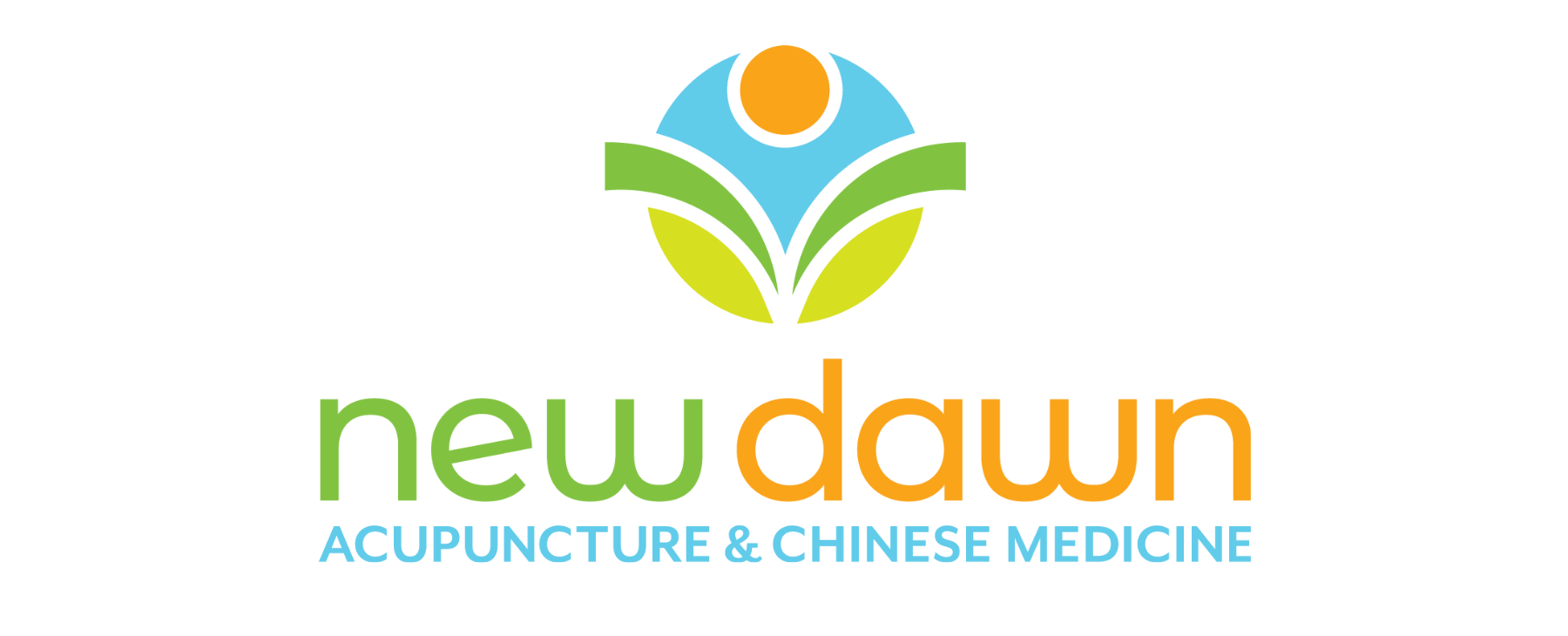
If acupuncture is new to you, you might not know that there are different forms of acupuncture. While Chinese acupuncture is a bit more mainstream here in the West, Japanese acupuncture is becoming renowned for its effectiveness. Traditional Japanese acupuncture (which includes Meridian Therapy) is defined as “an imbalance in qi and blood flowing in the meridians which is considered to be the cause of disease.” The aim is to regulate the flow of both qi and blood.
Its roots are in Chinese acupuncture but there are some differences. Read on to learn what those are so you can see if Japanese acupuncture is right for you.
Needles
The first difference involves the types of needles used. Both Chinese and Japanese needles are often made from the highest grade surgical stainless steel, however Japanese needles are typically much finer than their Chinese counterparts. This is great news for patients who experience minimal pain or discomfort.
Depth
In the Japanese style of acupuncture, needles are inserted at a shallower depth than in Chinese acupuncture. This is due to a difference in philosophy as Chinese practitioners’ believer the body’s energy (or qi) is reached through deeper insertion and stimulation, where Japanese practitioners believe this same energy is found closer to the surface.
Tailored Treatment
Often, in Chinese acupuncture, a practitioner will place needles in certain channels of the body and leave them there for a desired amount of time, depending on what is being treated and the severity. The practitioner may leave the room and begin work on another patient.
However, in Japanese acupuncture, importance is placed on the correct dosage for each patient. What this means is that diagnostic indicators are constantly monitored to make sure the desired changes are occurring within the body. This means the practitioner is present and working with the patient for most of the session to make sure the desired outcome is achieved.
“Alive Points”
Perhaps the biggest difference between the two types of acupuncture is in the treatment of what Japanese acupuncturists term, “alive points.” Unlike Chinese acupuncture where a fixed anatomical location on the body is treated, Japanese practitioners will use palpation along the meridian to find an “alive point” requiring treatment.
Two Styles
There are two main styles of Japanese acupuncture. The Toyo Hari involves palpation of the pulse, stomach (Hara) and channels along certain areas of the body to determine what needs to be re-balanced. Then, gold, silver stainless steel and/or Moxa are used to stimulate the flow of energy at active or “alive” points on the body. Sometimes, with this style of Japanese acupuncture, there is no insertion of needles at all.
Manaka involves the use of polarity devices and magnets to stimulate deeper channels. This style is often helpful in treating liver conditions.
There are other different techniques used including contact needling, simple insertion, sparrow pecking (once the needle reaches a certain depth it is repeatedly moved up and down by a few millimeters), twisting, flicking, and electro acupuncture just to name a few.
If you are considering Japanese acupuncture, talk to your practitioner about your health goals. They can answer your questions and will do a full health history to determine the best course of treatment for you.
To get a more in-depth understanding of Japanese acupuncture, a great resource is the Japan Society of Acupuncture and Moxibustion.



